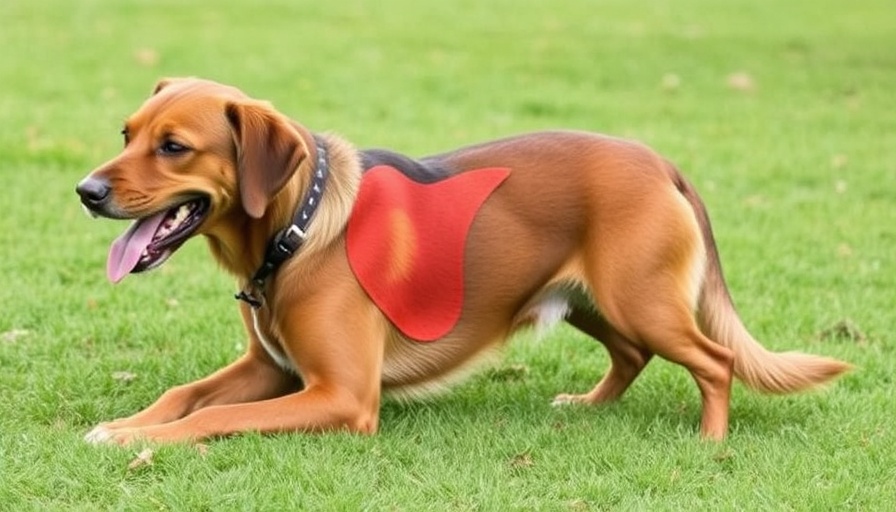
Hit the Road for the Cause: The Exciting 2017 Route 66 Pet Adoption Tour
The annual Get Your Licks on Route 66 Pet Adoption Tour is back for its 9th year, inviting pet lovers and would-be adopters to join in a heartwarming initiative across the country. Bringing together compassion, fun, and community spirit, this tour aims to elevate the plight of shelter pets and help them find their forever homes. Leading the effort are Greg and Susan Sims, the president and publisher of FIDO Friendly magazine, who have dedicated their time to make a difference in the lives of countless cats and dogs.
A Journey of Hope Starts Here
Launching on September 8 in Culver City, California, this cross-country tour is more than just travel; it’s a mission that resonates with thousands of animal advocates and pet care professionals. For one day, participants are engaged in a spirited event filled with activities designed to foster animal adoption and awareness. One highlight will be at the LA Animal Shelter on September 9, where Emmy Award-winning TV host Brandon McMillan will be signing autographs and promoting responsible pet ownership during his filming.
Spin to Win: Pet-Themed Prizes Await
One of the most exciting features of the tour is a giant spinning wheel filled with fantastic pet-themed prizes, courtesy of sponsors like Walkin' Pets. At each stop, attendees who contribute donations have the chance to spin this wheel and, more importantly, support the shelters that dedicate their resources to helping animals in need. The initiative is not just about helping pets; it’s about providing the community an opportunity to feel empowered in making change.
Tour Stops to Mark on Your Calendar
The tour has an extensive itinerary, spreading hope and love across the country. Following the kick-off in California, stops include:
- September 13 | Scottsdale, AZ | Petco | 1 PM - 5 PM
- September 16 | Albuquerque, NM | Petco | 10 AM - 3 PM
- September 17 | Santa Fe, NM | Petco | Noon - 4 PM
- September 20 | Lawton, OK | Lawton Animal Welfare | Noon - 4 PM
- September 23 | Edmond, OK | Lawton Animal Welfare | Noon - 4 PM
- September 24 | Tulsa, OK | Woodland Hills Mall | Noon - 4 PM
- September 26 | Joplin, MO | Golden Paw Rescue | Noon - 4 PM
- September 28 | Springfield, MO | Petco | Noon - 4 PM
- October 1 | St. Louis, MO | Tiles Park K-9 Carnival | 10 AM - 3 PM
This itinerary gives community supporters, including veterinarians, trainers, and pet nutritionists, an indispensable opportunity to educate others on the importance of adoption.
Building Community Bonds Through Pet Adoption
In the world of pet adoption, community involvement is crucial. Rescue organizations and pet advocacy groups play a significant role in educating the public about responsible pet ownership. The sentiment behind FIDO Friendly's mission to “leave NO dog behind” encourages individuals to actively participate in these events, whether they’re offering assistance, fostering pets, or simply spreading the word. Each member of the community—from groomers to catio builders—can contribute to a strong support system for animals looking for forever homes.
How You Can Make a Difference
Whether you represent a local rescue or are a pet parent inspired by the tour's mission, there are numerous ways to involve yourself:
- Attend Tour Events: Join in on the tour and help promote the cause while having fun and meeting fellow animal lovers.
- Support Local Shelters: Contributing to your local shelters can significantly amplify their resources to care for animals.
- Adopt, Don't Shop: Consider adopting a pet as a lifelong companion, ensuring that every dog and cat has the chance to feel loved.
Join the Movement! Let's Find Pets Their Forever Homes
In conclusion, the 2017 Route 66 Pet Adoption Tour exemplifies the passion found in grassroots efforts for pet adoption. As veterinarians, vet techs, and all involved in the pet care industry, your engagement could not only influence the public's perception of adopting but could also lead to a tangible improvement in the lives of pets across the country. Join this joyous event, contribute to the conversation, and become a beacon of hope for animals in need!
 Add Row
Add Row  Add
Add 




Write A Comment